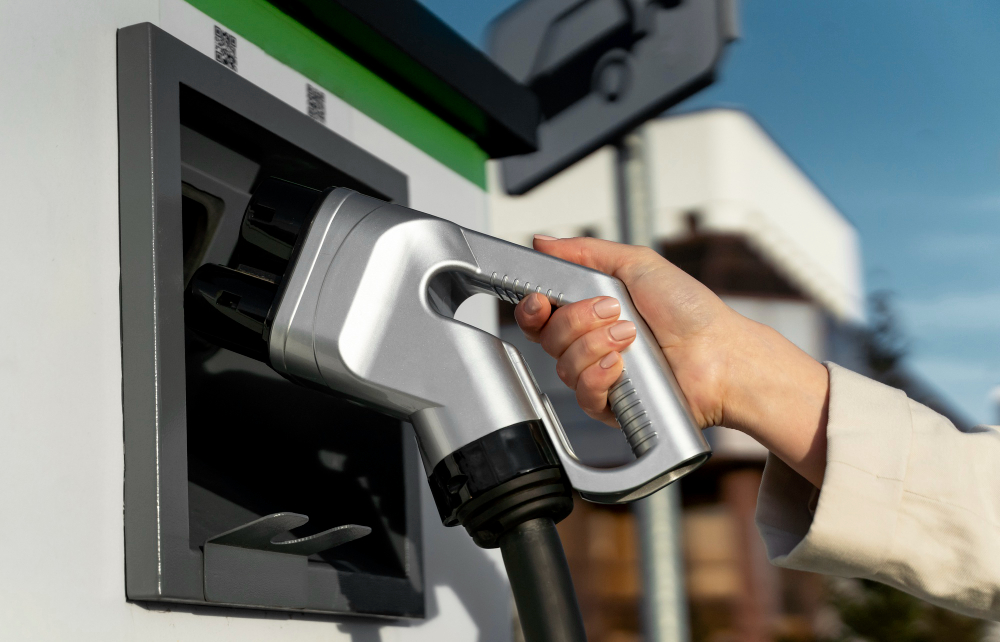Fuel Nozzles and Combustion Control A Technical Insight
Fuel nozzle may seem like small components, but they play a vital role in the operation of engines, both in vehicles and industrial machinery. From precise fuel injection in modern cars to efficient fuel delivery in marine and aviation engines, the fuel nozzle ensures the right amount of fuel reaches the combustion chamber. This blog explores what a fuel nozzle is, how it works, and why it matters for performance and efficiency.
What is a Fuel Nozzle?
A fuel nozzle is a mechanical device that sprays fuel into the combustion chamber of an engine. It is designed to atomize the fuel, breaking it into fine droplets to promote efficient combustion. Fuel nozzles are found in various engines, including:
Automotive engines
Aircraft turbines
Marine engines
Industrial generators
Each type is engineered for specific performance requirements, ensuring optimal fuel usage and power output.
Types of Fuel Nozzles
Fuel nozzles vary depending on engine type and fuel system design. Common types include:
Single-hole nozzles – Often used in smaller engines; simple but effective.
Multi-hole nozzles – Allow for finer atomization and better combustion.
Airblast nozzles – Used in aircraft and high-efficiency systems; mix fuel with air before injection.
Pressure-swirl nozzles – Create a swirling spray pattern for complete combustion.
Each type is selected based on fuel type, engine size, and desired efficiency.
How Fuel Nozzles Work
Fuel nozzles operate under high pressure, drawing fuel from the supply system and delivering it into the combustion chamber at precise intervals. The nozzle’s internal design ensures that the fuel is sprayed in a fine mist, allowing it to mix thoroughly with air. This improves combustion efficiency, increases power, and reduces emissions.
Importance of Fuel Nozzles
Fuel nozzles are crucial for:
Fuel Efficiency – Proper atomization leads to complete combustion, reducing fuel consumption.
Engine Performance – A well-functioning nozzle ensures smooth acceleration and power output.
Emission Control – Clean fuel injection reduces unburned hydrocarbons and exhaust emissions.
Engine Longevity – Prevents carbon buildup and engine knocking.
Maintenance and Troubleshooting
Fuel nozzles can wear over time or become clogged due to fuel impurities. Common signs of a faulty nozzle include:
Poor fuel economy
Engine misfires
Hard starting
Black smoke from the exhaust
Regular inspection, cleaning, and replacement are essential for maintaining engine health.
Innovations in Fuel Nozzles
As technology evolves, so do fuel nozzles. Some newer designs focus on:
Improved Spill Prevention: Enhanced sensors and valve designs reduce vapor release and leaks.
Compatibility: Nozzles designed to handle different fuel types, including biofuels and electric vehicle chargers.
Durability: Materials that withstand harsh weather and frequent use.
Conclusion
Though small in size, the fuel nozzle is a powerhouse component that ensures efficient fuel delivery and combustion. Whether in cars, planes, or ships, its role is central to engine performance, fuel economy, and emission control. For those working with internal combustion engines, understanding and maintaining the fuel nozzle is key to reliability and efficiency.
